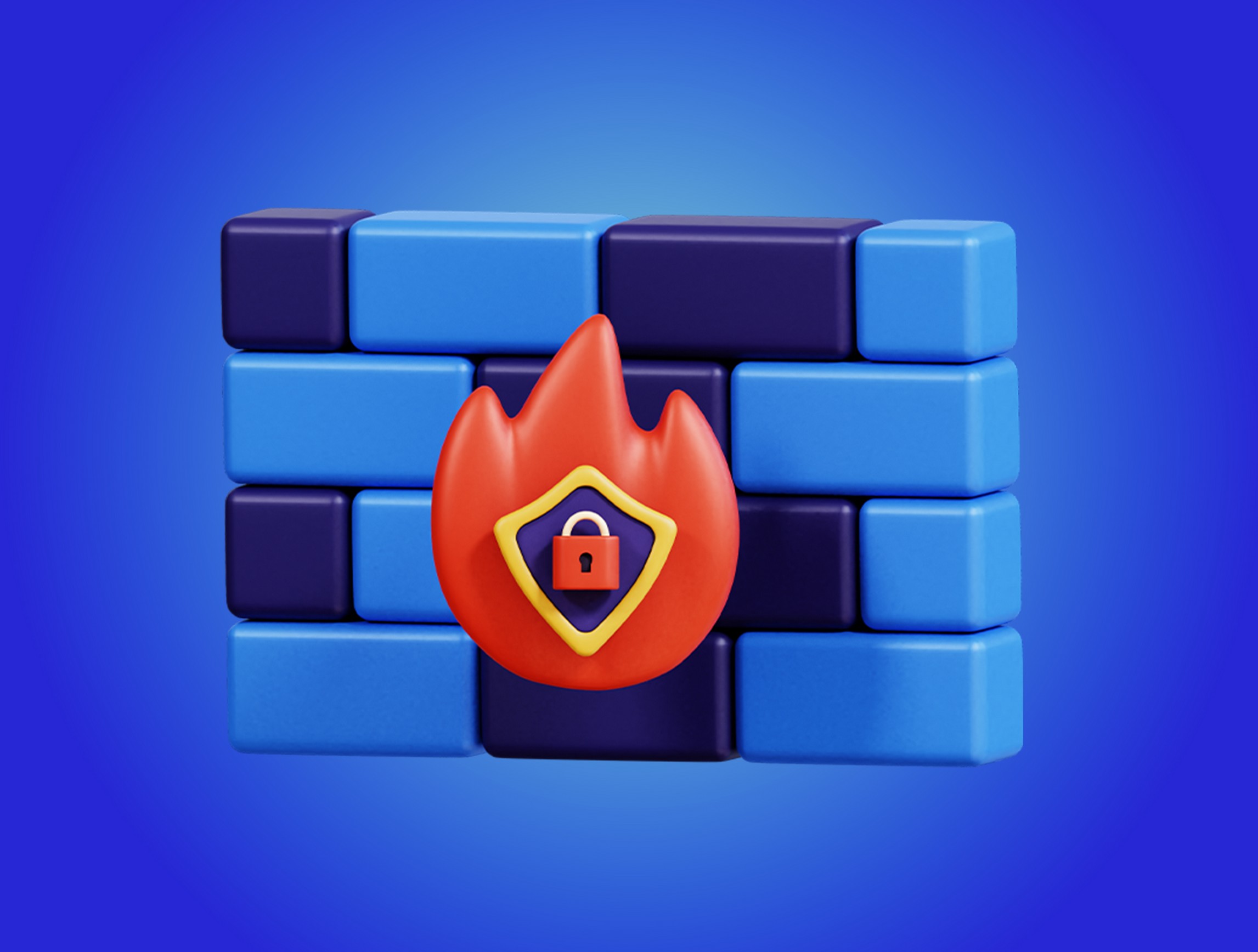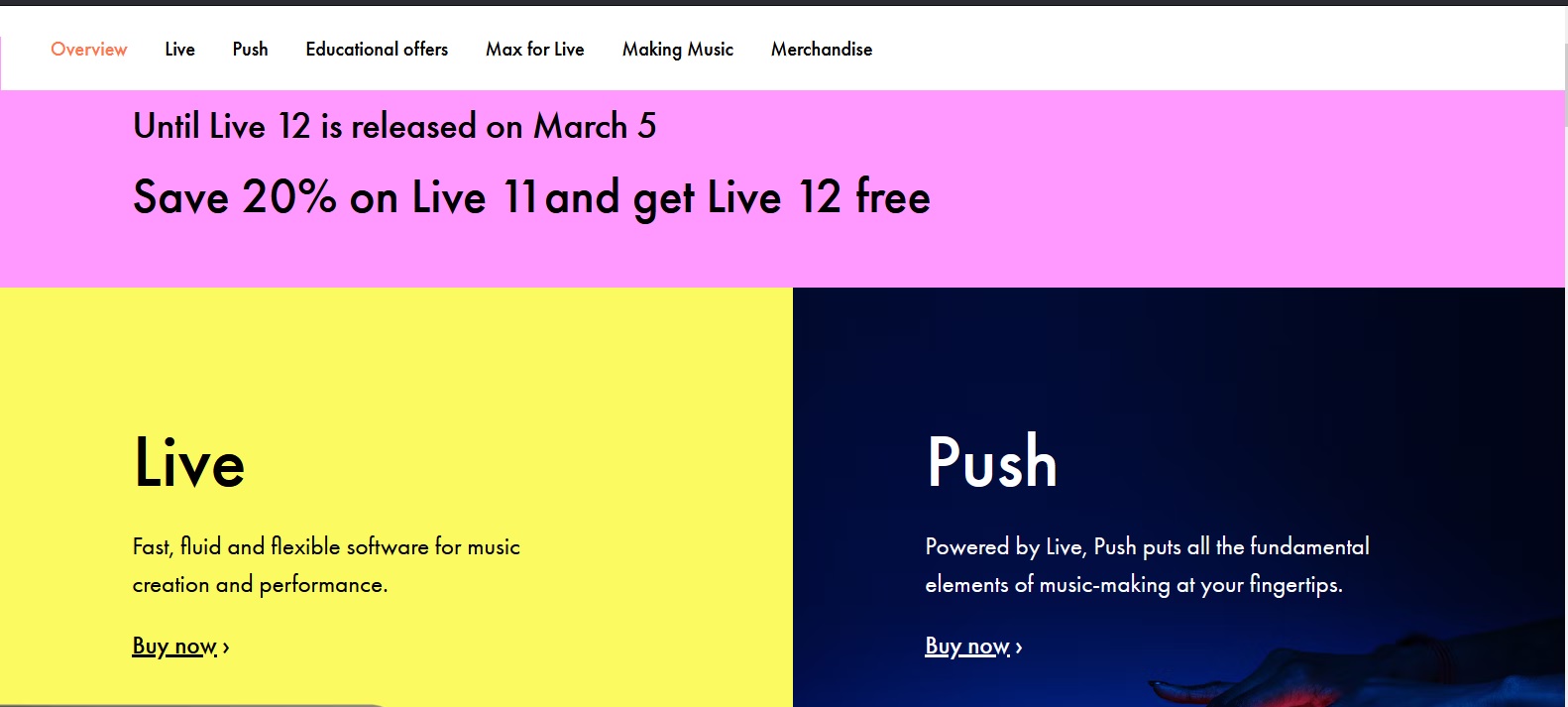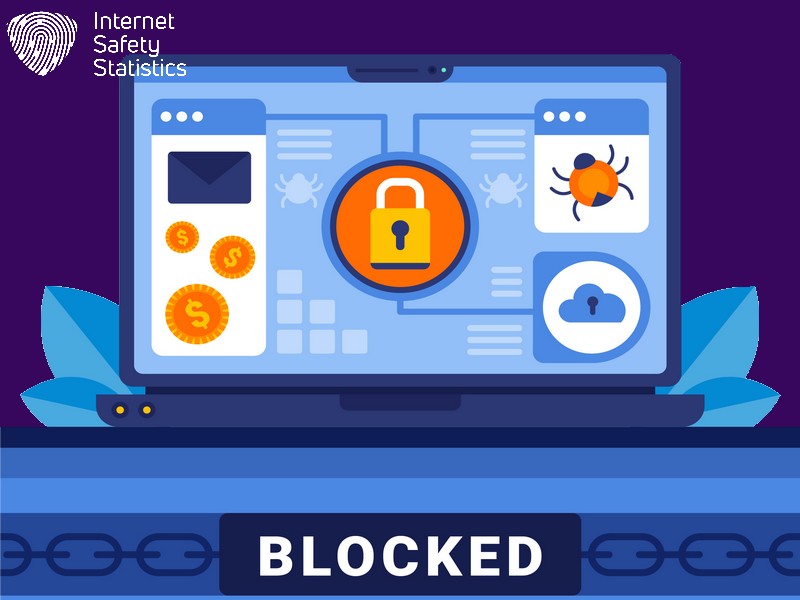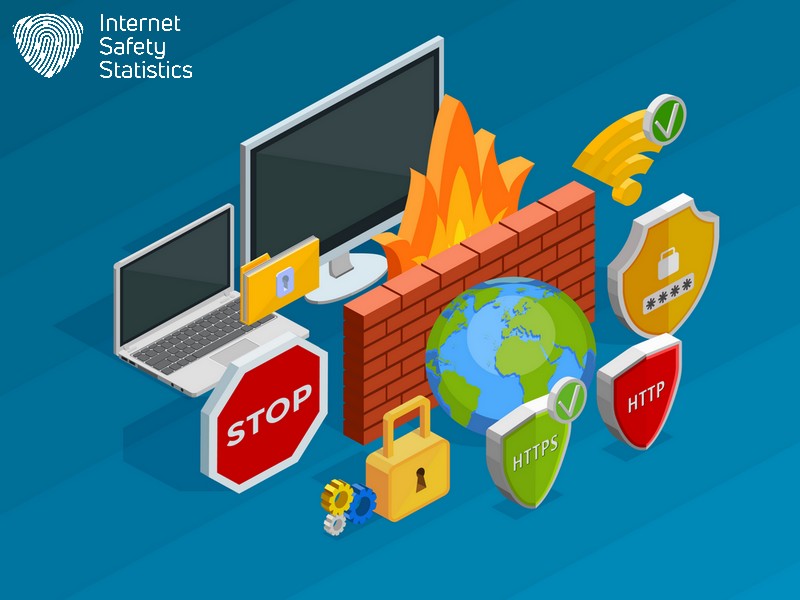
Ableton is a renowned DAW, digital audio workstation, that helps musicians translate their thoughts and inspiration into hearable artistic pieces. You can purchase the application from its official website, but you mainly need an internet connection to operate its features. However, if you wish to temporarily restrict the application from connecting to the internet, you must have a firewall on your computer.
This article briefly introduces you to Ableton, its features and pricing packages before giving you the steps on how to block Ableton in your firewall.
What is Ableton?
When you search for Ableton online, you will find it refers to one of two things. The first is Ableton AG, the application’s parent company, and the second is Ableton Live, the company’s prodigy application to help musicians create unique works of art.
Ableton AG
This is the application’s parent company. It is a German music software company founded in 1999. The company produces music software, with its flagship product being Ableton Live, but it also produces instruments, sample libraries, and hardware controllers.
The company offers a broad ecosystem for music creation; besides Ableton Live, its other products include instruments such as synths, samplers, drum machines, and libraries encompassing diverse genres and sounds. These expand the sonic palette available within Ableton Live and provide users with additional creative tools.
Moreover, you can buy individual sounds from their website to add to your application. One of the most helpful purchases is buying their Making Music book, which offers creative ways for electronic music producers to make music. You can read several chapters for free from the website, but you can buy the entire book for $30.
Ableton Live

The company also offers Ableton Push, a hardware controller that allows users to create and perform music directly from a physical interface. Push integrates seamlessly with Ableton Live, offering intuitive control over various aspects of the software, making it popular for live performances and production workflows.
It is a digital audio workstation (DAW) application for macOS and Windows developed by Ableton AG. It’s designed for music creation, recording, arranging, mixing, mastering, and live performances. On 5 March 2024, the company released its newest Live version, Live 12, offering users a 20% discount on Live 11 with a free Live 12 update. The Live version is compatible with Windows 10 and higher versions and macOS 11 and higher versions.
Ableton Live Features
This versatile DAW caters to various music product needs and styles. Its unique workflow, live performance focus and diverse features make it a popular choice for musicians, producers and DJs of all levels. Its key and distinguishing features include:
Unique Workflow
The application offers two distinct views. The first is the Arrangement View, which allows for a traditional, linear composition similar to other DAWs, where you record and edit music on a timeline. The second is the Session View, which breaks free from the timeline, enabling non-linear and improvisational creation. You can freely launch and manipulate music snippets, called clips, allowing for experimentation and flexibility.
Live Performance
Live excels in live performance settings. You can trigger clips, samples, and effects in real time, making it ideal for DJs, electronic musicians, and even bands incorporating digital elements into their live shows.
Built-in Instruments and Sounds
Live has a diverse library of instruments, including virtual synths, samplers, drum machines, and more. It also provides many sounds and samples to get you started.
Extensive Audio and MIDI capabilities
Record audio from external sources like microphones or instruments, edit and manipulate it within Live. Similarly, create and edit MIDI sequences to control virtual instruments and external hardware synthesizers.
Mixing and Mastering Tools
Mix and master your tracks with various effects, EQs, compressors, and other processing tools.
Max for Live (Suite edition only)
This powerful visual programming environment allows you to create custom instruments, effects, and functionalities within Live, pushing its capabilities beyond the stock features.
Ableton Live Pricing

When you check the application’s official website for pricing, you will find that Live and Push have different prices. Live has three main packages that range between $99 for the Live 11 Intro package, $439 for Live 11 Standard and $749 for Live 11 Suite. Currently, a 20% discount drops prices to $79, $351 and $599, respectively.
Push has customisable packages but generally ranges between the Push Standalone for $1999 and Push for $999. Several other programs are available to purchase, such as Max for Live, which integrates and enhances your Live experience and has prices ranging between $99 and $199. The massive sound library has tens of sounds to purchase, each for its price.
If you’re a Live 11 user, you can purchase any previously mentioned packages and update Live 12 for free. The application’s official page lists the differences between the Live versions and what features are updated or added in the new version.
How to Block Ableton in Your Firewall?
Before we get to the guide of blocking the application in your firewall to prevent it from accessing the internet, it’s worth noting that blocking internet access for the application can have drawbacks. You might lose access to online features, updates, and potential collaboration opportunities. This fact aside, we will cover how to block the application from accessing the internet in Windows 10.
Blocking Ableton in Windows 10
Generally, Ableton doesn’t have a feature that lets you turn off internet connections. Hence, using your Windows Firewall to block the application from connecting is best. The upcoming steps are applicable to wired and wireless internet connections.
- Open Windows Firewall Settings
- Click on the Start button and type “Windows Defender Firewall“.
- Click on “Windows Defender Firewall with Advanced Security” from the search results.
- Create a New Outbound Rule
- In the left pane of the Windows Defender Firewall with Advanced Security window, click on “Outbound Rules”.
- On the right-hand side, click “New Rule…” under “Actions”.
- Choose Rule Type
- In the “Rule Type” window, select “Program” and click “Next”.
- Select the Program
- In the “Program” window, select “This program path:” and click “Browse…”.
- Navigate to the location where Ableton Live is installed. The default path is usually “C:\Program Files\Ableton\Live 10\Program\Ableton Live 10 Suite.exe” or something similar, depending on your installed version.
- Select the Ableton Live .exe file and click “Open”. Then click “Next”.
- Choose Action
- In the “Action” window, select “Block the connection” and click “Next”.
- Profile
- In the “Profile” window, leave all options checked (Domain, Private, Public) and click “Next”.
- Name the Rule
- In the “Name” window, give your rule a name (e.g., “Block Ableton Live”) and, if you want, add a description. Then click “Finish”.
- Verify Rule
- Your new rule should now appear in the Outbound Rules list. To verify that it’s working, try opening Ableton Live and see if it can connect to the internet.
Remember that blocking Ableton Live in Windows Firewall will hinder it from accessing the internet and any networked resources or online additions. If you’re unsure about blocking the application completely, consider creating a custom rule that only blocks certain connection types or traffic.
Why Would You Want to Block Ableton from Internet Access?

There are a few reasons why someone might want to stop Ableton from connecting to the internet. Some of these reasons can be security concerns that you need to handle, a temporary problem you want to fix while the application is off the internet, or you’re aiming to use the application offline.
Downloading Untrusted Content
If someone is downloading plugins or content from unverified sources, they might want to temporarily block internet access for Ableton to prevent potential malware from reaching their system. However, it’s important to note that downloading untrusted content is risky regardless of internet access and should be avoided entirely.
Protecting Sensitive Information
In rare cases, someone might be working on a project with sensitive information and want to completely isolate Ableton from the internet to prevent potential data leaks. However, this approach should be carefully considered as it might limit the functionality of certain features, such as online collaboration or cloud storage integration.
Avoiding Unwanted Features
Some users might prefer to avoid certain online features offered by Ableton, such as online library updates or automatic software updates. While these features are generally optional and can be disabled within the software settings, blocking internet access can achieve the same outcome. However, this approach might prevent access to valuable updates, bug fixes, and new content.
Troubleshooting Connectivity Issues
Temporarily blocking internet access for Ableton can be a troubleshooting step to isolate whether the internet connection is causing software problems. Once the source of the issue is identified, a more specific solution can be implemented.
Offline Use
Some users prefer to work on their projects entirely offline due to limited internet access or personal preference. Disabling internet access for Ableton would allow them to use the software without any online interruptions.
It’s crucial to compare the benefits and drawbacks and consider alternative solutions before taking such an action. In most cases, it’s recommended to address the underlying issue rather than simply blocking internet access for the software.
